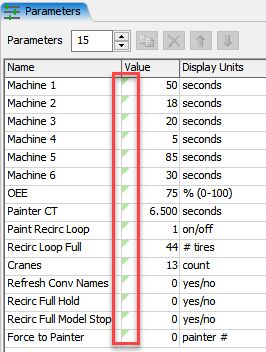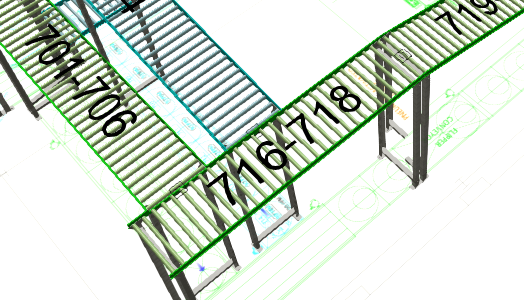What are the little green triangles in the upper left corner of each cell of the Value column in a standard Parameter table? The only thing I found in the documentation was in Global Tables:
"Tracked Variable cells will display with a small green triangle in the upper right corner." However, the green triangles I'm referring to are in the upper LEFT corner. Do these triangle indicate that this (or these) particular Parameter table value(s) are being references somewhere? In my model, they are all being referenced, so maybe that's it?




 The rest of the code inside the text executes over and over again (however often visual tools are refreshed, i.e., each frame).
The rest of the code inside the text executes over and over again (however often visual tools are refreshed, i.e., each frame).